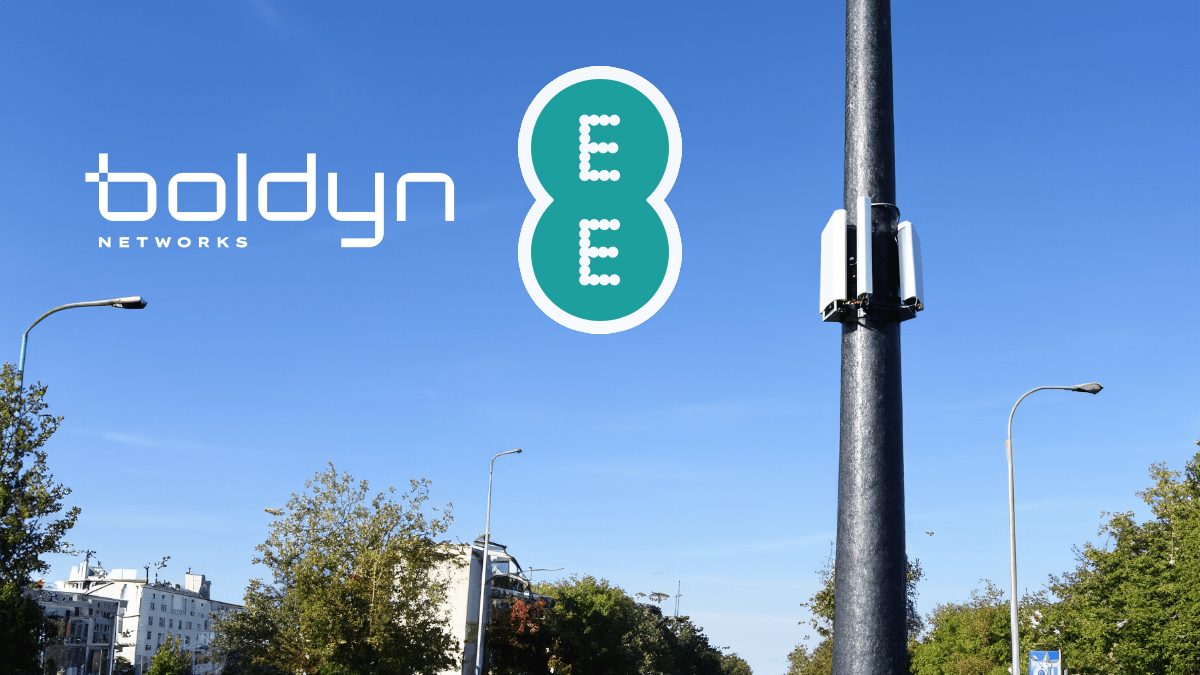Boldyn Networks and EE have initiated the first phase of their partnership to boost mobile network capacity throughout London’s bustling high streets. The project utilises small, low-powered cellular radio units known as “small cells” to enhance mobile coverage.
The first unit is now live near Kings Cross, one of the UK’s busiest stations. Over the next two years, this network will expand across high-footfall areas in the capital. The small cell units can deliver up to 10 times faster download speeds, achieving up to 300Mbps. The project is part of the Mayor of London’s Connected London programme.
- Boldyn Networks and EE are partnering to boost mobile network capacity in London’s busiest high streets.
- Small cells are being installed at street level to enhance mobile coverage and capacity, starting with Kings Cross.
- The project will expand over the next two years to cover high footfall areas across the capital, achieving download speeds of up to 300Mbps.
A Boost in London’s Mobile Network Capacity Underway
In an exciting move to enhance mobile coverage and capacity across London’s busiest streets, small, low-powered cellular radio units, known as “small cells,” are being installed. These compact units, powered by brand new gigabit fibre, are designed to increase the strength and speed of the mobile network in high-demand areas.
First Small Cell Now Live Near Kings Cross
The first small cell unit of the project is now operational near one of the UK’s busiest stations, Kings Cross. With nearly 70 million annual passengers relying on this transport hub, the demands on local mobile networks can be substantial. Mobile network capacity is set to significantly improve in the Kings Cross and Euston area, thanks to the installation of a network of small cells by Boldyn and EE.
Future Expansion Plans
Over the next two years, the network of small cells will be expanded to cover high-footfall areas across the capital, including Southwark and Westminster. These units are expected to deliver up to 10 times faster download speeds in high-demand areas, with potential speeds reaching up to 300Mbps.
A Greener Project
The project leverages existing TfL assets such as fibre ducts, lighting columns, and bus shelters to host the small cell units. This efficient use of resources will result in a significant reduction of materials such as plastic, lower environmental impact, and reduced carbon emissions.
Part of a Broader Initiative
This initiative is part of EE’s broader nationwide small cells deployment, and it also forms part of the wider Mayor of London’s Connected London programme, aimed at improving digital connectivity across London boroughs and laying the foundations for smart city applications.
Industry Opinions
Paul Osborne, Chief Commercial Officer, UK & Ireland at Boldyn Networks, expressed his enthusiasm about the project:
“We are excited to announce this first step with EE to boost mobile network capacity and performance for EE’s customers in some of the busiest high street locations across the capital. This perfectly complements our work bringing 4G/5G to the London Underground and Elizabeth line, ensuring millions of people travelling through London to live, work and play have good high speed mobile connectivity both above and below ground.”
Final Thoughts
This project, aiming to boost mobile network capacity across London’s busiest streets, is a welcome initiative. It not only addresses the growing demand for enhanced mobile coverage but also promises to do so in a way that minimises environmental impact.
By making use of existing infrastructure, disruption is lessened, and a more efficient deployment is achieved. This partnership between Boldyn and EE is a testament to the innovative approaches being taken to improve our digital connectivity while also considering the broader impact on our cities and environment.
FAQ
Q: What is being installed in London’s busiest high streets to boost mobile network capacity?
A: Small, low-powered cellular radio units known as “small cells” are being installed at street level.
Q: Where is the first small cell unit of the project located?
A: The first small cell unit of the project is now live near Kings Cross, one of the UK’s busiest stations.
Q: How many annual passengers rely on Kings Cross station?
A: Nearly 70 million annual passengers rely on Kings Cross station.
Q: What are the benefits of the small cell units in high-demand areas?
A: The small cell units can bring up to 10 times faster download speeds, achieving download speeds of up to 300Mbps.
Q: How will the project use existing TfL assets?
A: The project will use existing TfL assets such as fibre ducts, lighting columns, and bus shelters to host the small cell units.
Q: How will the project reduce environmental impact?
A: With the majority of the fibre ducts needed for the project already in place, the use of materials such as plastic will be significantly reduced, resulting in less disruption, a lower environmental impact, and reduced carbon emissions.
Q: How many small cell installations have EE rolled out nationwide so far?
A: EE has rolled out over 700 small cell installations in towns and cities across the UK.
Q: What is the goal of the Mayor of London’s Connected London program?
A: The goal of the Mayor of London’s Connected London program is to improve digital connectivity across London boroughs and build the foundations for smart city applications.











